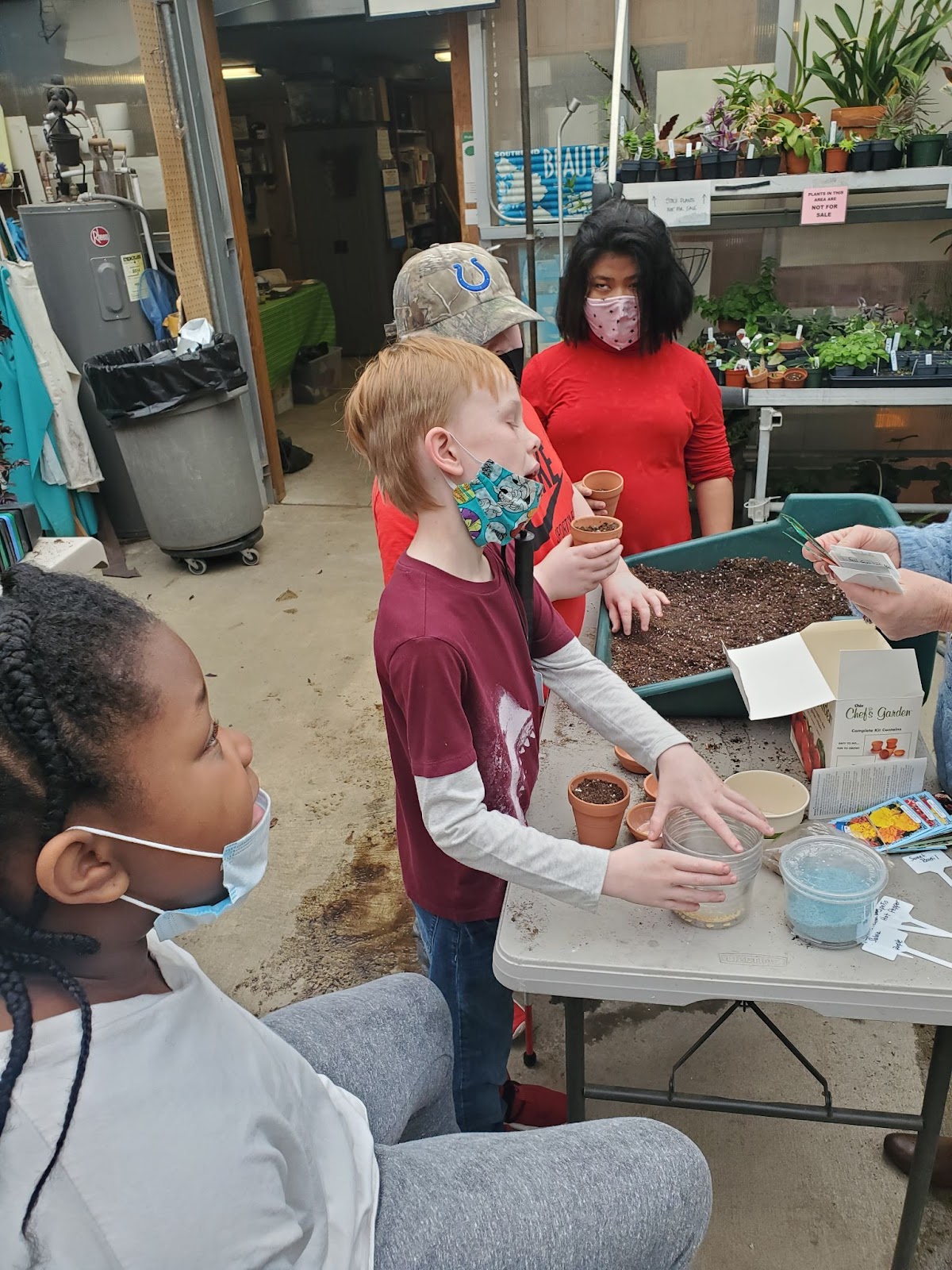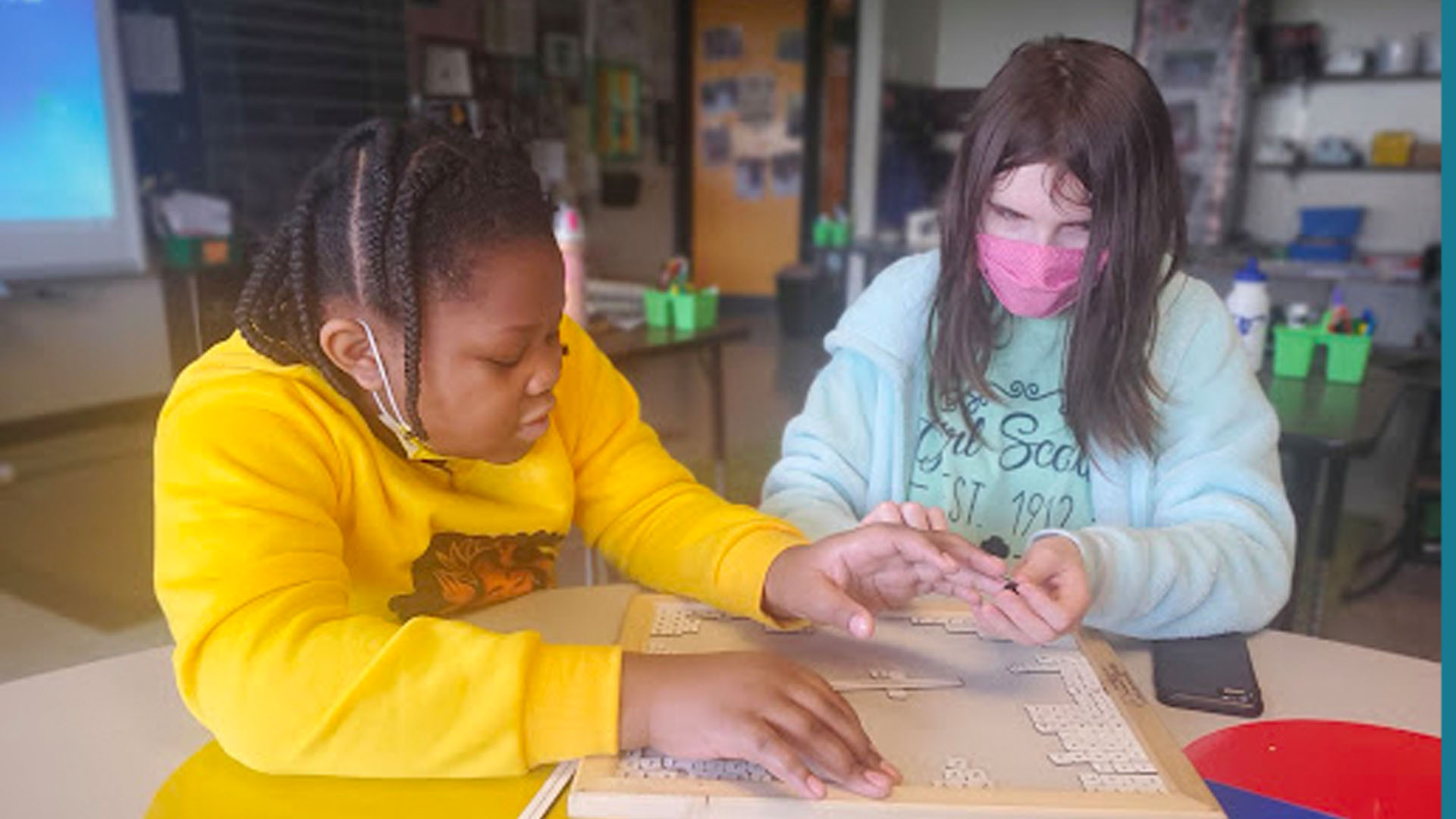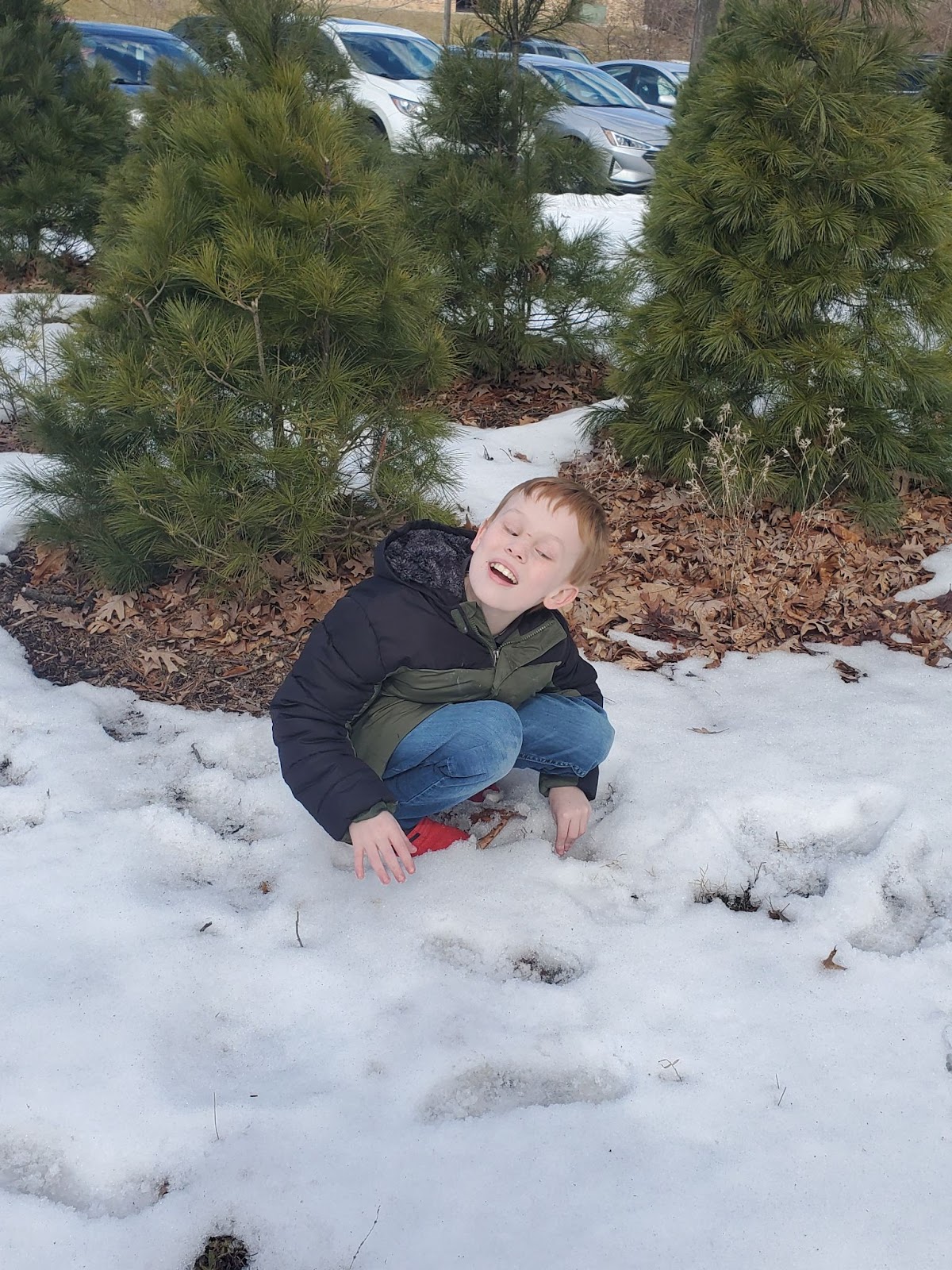Growing up I always wanted to be a teacher. I have the heart to serve others and I knew teaching was my pathway to service. After teaching 16 years in a large, urban school district, I found myself wanting more. I was fortunate enough to be put into situations where my gifts were being used to impact others. I was at the top of my craft leading and mentoring educators. I was achieving success and receiving accolades at all levels. It was very humbling. Humbling because we work in a profession where most of the hard work goes unnoticed. But for the past couple of years, I knew there was something more for me in terms of serving people in a larger capacity. I had an internal struggle. How could I leave a position and district that had molded me into the educator I am today? I am loyal to a fault. But the fear of staying the same was bigger than my fear of change, so I knew my heart was ready to explore other options. At the time, I had recently started my administration and principal licensure program. I knew the heavy load I would carry especially if I took a new position. I believe people and experiences are put into our life for multiple reasons. It is all part of our story. This happened to me when I was presented with an opportunity to work at the Indiana School for Blind and Visually Impaired. My mind immediately went to panic mode, overanalyzing the entire situation. Yes, I can teach students with vision, but how was I going to teach a child with a visual impairment? Am I qualified? What if this…What if that? Never had I ever thought about being a blind and low vision teacher. It did not fit my experience. But I do know I love being a voice for unrepresented children. I had done it for years with students living in poverty and living in less-than-ideal situations. I was their leader, mentor, teacher, and biggest supporter regardless of all the negativity that was surrounding their world. These are the same things my students with visual impairments needed as well. After much reflection, I decided to make the switch to use my gifts in a different capacity. My world as an educator was about to look quite different. What I thought I knew was to just take all my experiences and apply them to my new position. It felt like none of my experiences aligned with my current situation. After only two hours in my new classroom, it hit me. What I thought I knew was not my current reality. I like to use the analogy, “I was a fish out of water.” The teaching methods consisting of the gradual release model, backward design, and the universal design for learning were all put to the side. I was learning to truly understand what it means to learn without the sense of sight. I find myself closing my eyes all the time. You try it. Really close your eyes for 10 seconds. Let’s put ourselves in the place of a child with a visual impairment, just for a few seconds. It all becomes a reality when your sense of touch and sound becomes your primary methods of learning. Humbling to say the least. Finding a way to meet each child where they are in all capacities was my new reality. What a challenge, what an opportunity. What I thought I knew was the fact that teachers are the experts. We are supposed to be the know-all and be-all. I quickly found my students telling me what they needed. How was I really going to teach that mathematical concept? I was used to teaching a lesson a day, students taking notes, following steps, maybe even using a calculator or some sort of manipulative to solve the problem. But what does that look like when my student’s primary mode of learning is tactile or auditory? Yes, the use of base ten blocks or other manipulatives are helpful, but I am realizing it is ok to go back a few steps. I must teach them what these items are and how they apply to their learning. Listening to my students as they navigate a new concept is so important. I am not the expert anymore. It is ok if I do not know something. Kids are forgiving and love to laugh right along with you. This year we are all learning together. What I thought I knew was that I would have to do so much for my students in terms of caring and daily living. But, in reality, it is the exact opposite. One of the greatest things we can do with a child with a visual impairment is to teach independence. Give them autonomy. Ask them if they need help and don’t assume they need it. Teach them to speak and advocate for themselves and believe they can do anything. For example, one of my students was asked if he will ever drive. He responded by saying, “Of course, I will be driving a Tesla on auto-pilot.” Why not? It can happen. But I do know that kids are kids. They all want to be known, valued, and loved. We all have the things that make us special. If you take anything from this blog post, remember to keep the heart of the child at every decision you make. They need us more than ever! Now, go out and share your passion with those you serve. What my students want you to know… A video for you to enjoy!
Practical Suggestions for Teachers Working with Students with Visual Impairments
Blindness is not a disability or defect, but a characteristic.
Travel |
Classroom |
Conversation |
Environmental |
|---|---|---|---|
| When you are walking by, always begin with your name when greeting someone passing you. Not everyone recognizes voices or remembers them. | Thinking about… “How to walk in the room? “ How do we make a straight line?” | Put the student first…. “students with visual impairments”. | Adapted workspace (e.g. separate work station, larger desk or L-shape desk) and consider additional storage space for large print or paper braille materials. |
| Always encourage independence! Do not “escort”. | If there is a noise outside in the hallway, it is best to describe that sound and why that noise is taking place; if it is an important sound. It is important to teach which sounds are worth focusing on and which can become background noise. | Social cues, body language, etc. Both need to be directly taught to a person with visual impairments as well as understanding not to take things personally if they’re not demonstrated by the VI individual. | Presentation of materials (e.g. slant boards, masking, color overlays) and lighting (e.g. glare, too much light, not enough light, type of lighting). |
| Say goodbye when leaving a room. | Use feelings words as much as possible especially when it comes to colors. What is blue? Blue is cold. Let them hold something cold. Allow opportunities for them to listen to the sound of waves, etc. | Don’t shout! Visually impaired or blind doesn’t mean hearing impaired. | Safety issues in the classroom (e.g. cords, placement of furniture and equipment). |
| Offer your arm for assistance when walking rather than taking their arm. | When giving out assignments on paper, be mindful of clutter and extra “cutesy” things that are not needed. Simple, basic. | It’s ok to say, “Did you see that?” or “Look” because they are common expressions. Students with visual impairments are not offended by these words and understand they are part of normal conversations. |

“Alone we can do so little; together we can do so much.” – Helen Keller

“You teach me, I forget. You show me, I remember. You involve me, I understand.” – Edward O. Wilson

“Life doesn’t have to be perfect to be filled with joy.”
Resources
Please login or register to claim PGPs.
Alternatively, you may use the PGP Request Form if you prefer to not register an account.


